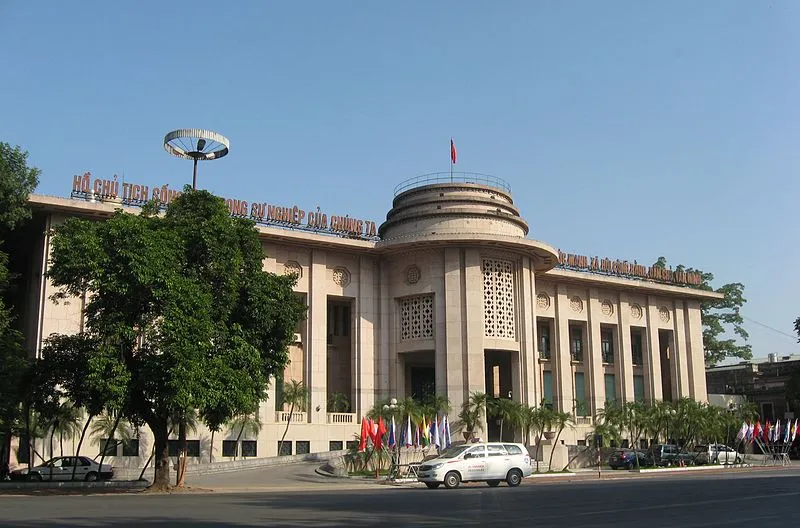
Solvency improvements threaten Vietnamese banks' strong 2019 performance
The State Bank of Vietnam is expected to allow Basel II banks to grow loans faster.
Vietnam’s banking sector remained strong in terms of profit growth and asset quality in 2019 backed by a robust macroeconomy, but solvency improvements have peaked and are risks for 2020, according to a Moody’s report.
The State Bank of Vietnam (SBV) is expected to allow banks under Basel II with good financial standing to grow their loans faster than those under Basel I, as most banks have adopted the former since last year. Nonetheless, profit improvements will be sluggish overall as competition heats up funding costs, Moody’s said.
“This will improve profitability of the former in 2020, although aggressive loan growth could pose renewed risks to the banks’ asset quality in the long run,” the report said.
On the other hand, improvements in asset quality will be muted, as average ratio of problem loans to adjusted gross loans at rated banks lowered to 4% at end-2019, its lowest in five years. The formation of new non-performing loans (NPL) will keep further improvements at bay, Moody’s said. Downside risks are apparent if COVID-19 persists, as it will lead to growth in NPLs in the manufacturing, trade and other sectors.
Capitalisation will mostly stabilise this year as assets grow at par with the rate of internal capital generation. The average ratio of tangible common equity (TCE) to total assets for rated banks inched up to 6.9% at end-2020 from 6.2% in 2018. However, state-owned banks and smaller private lenders will need to raise additional capital to support asset growth whilst maintaining compliance with minimum capital ratio.
Photo courtesy of Wikimedia Commons.






















 Advertise
Advertise








